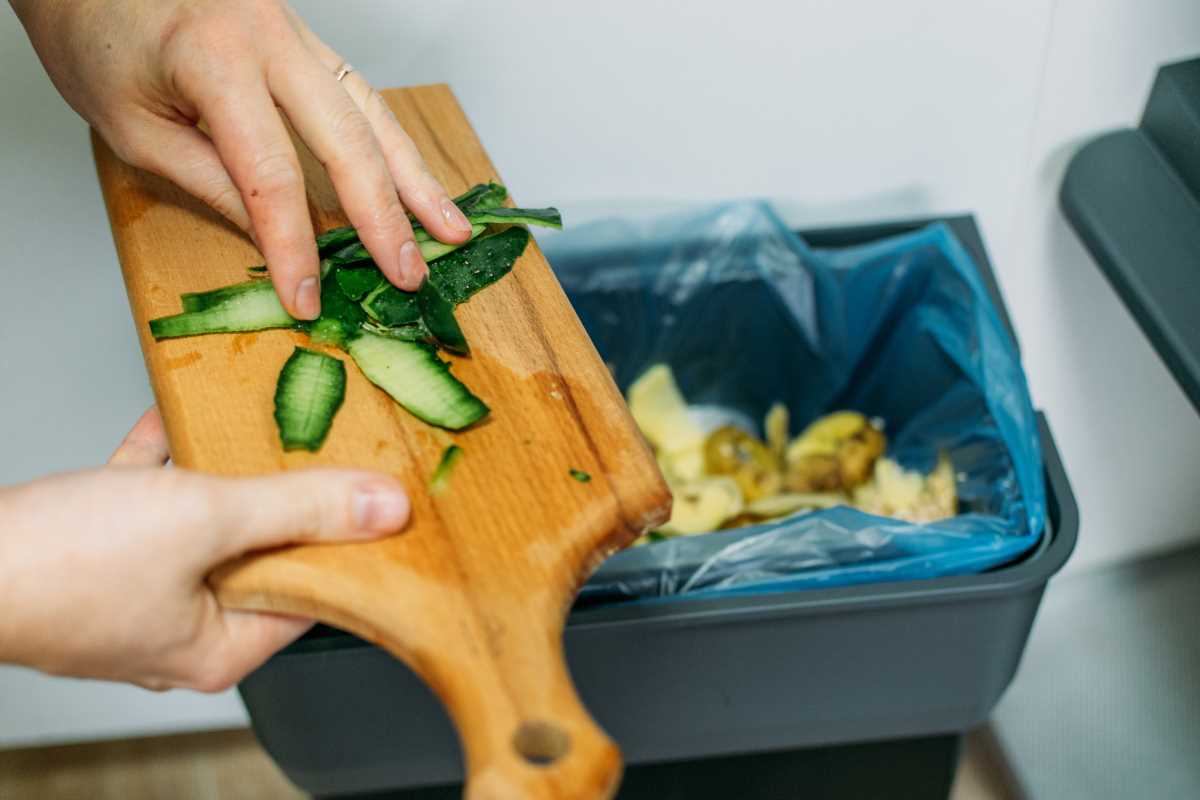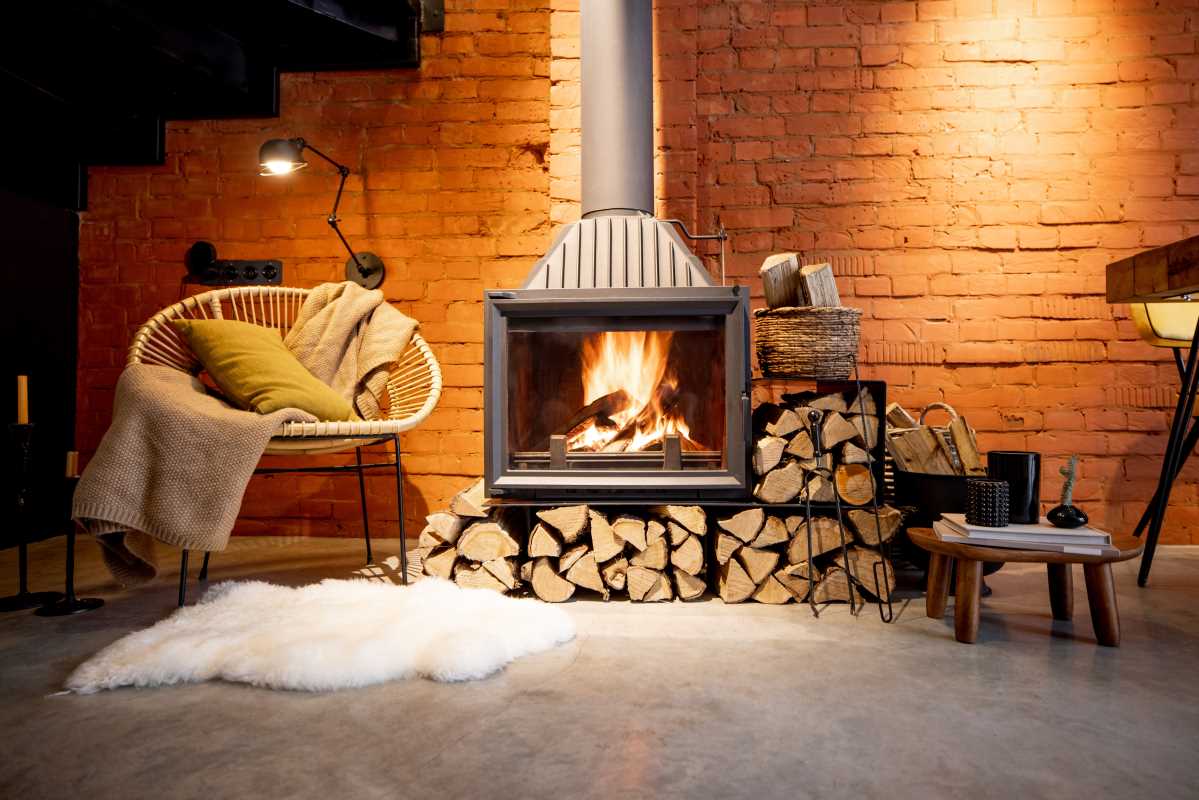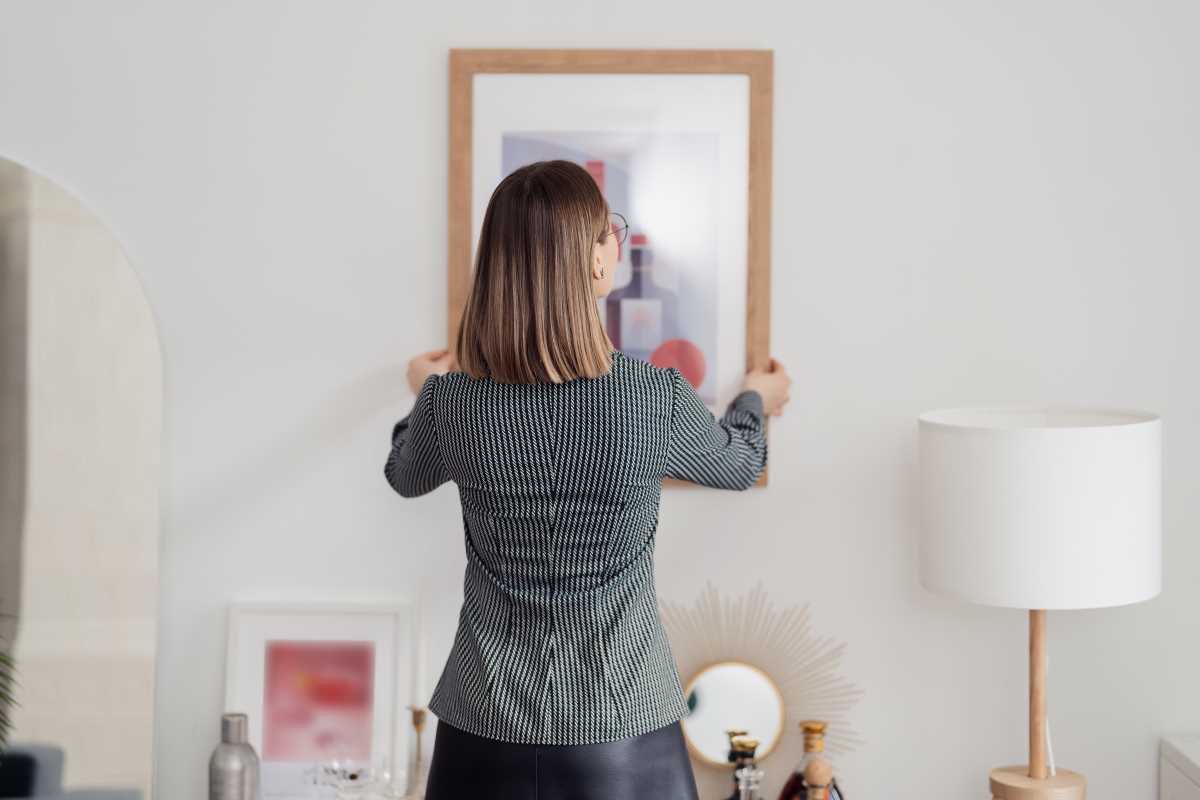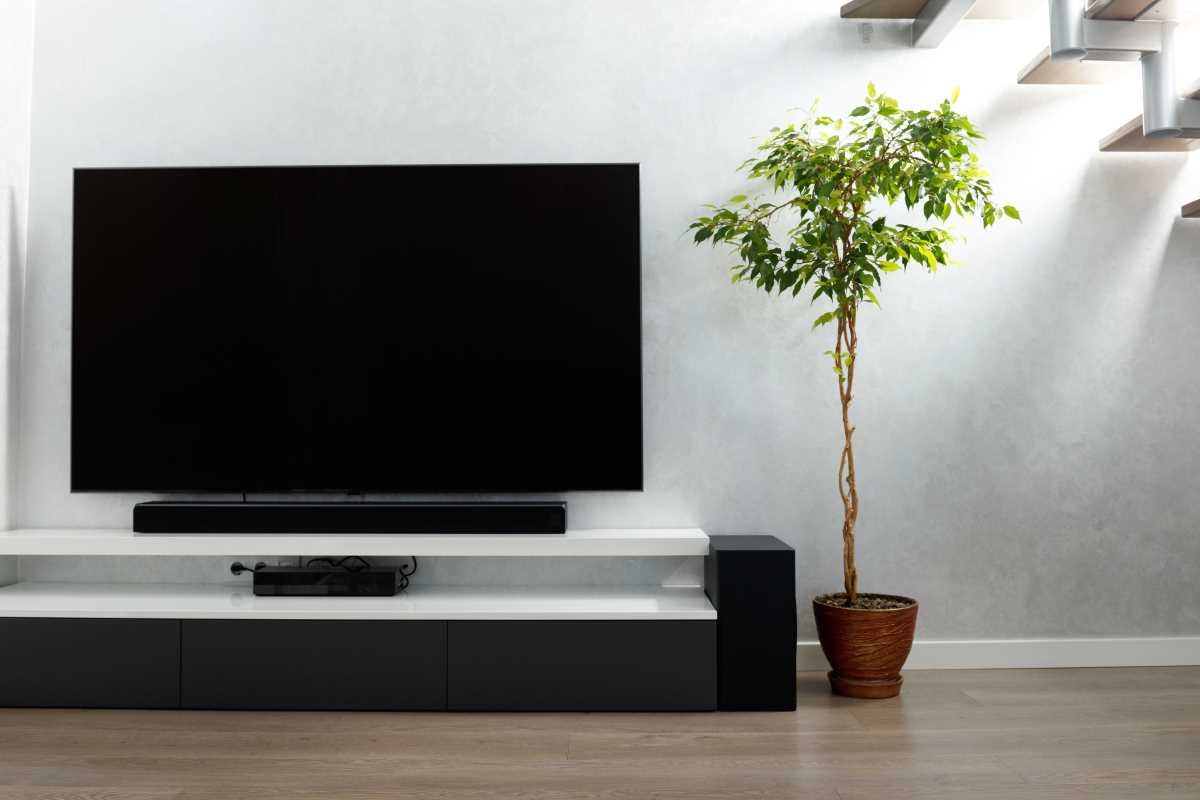Many students appreciate living spaces that offer comfort while also caring for the environment. Designing dorms or shared apartments with sustainability as a priority can lower energy bills, create a welcoming atmosphere, and help residents concentrate on their studies. Using long-lasting materials, energy-saving technology, adaptable room designs, and inviting common areas can turn student housing into far more than just a place to sleep. These thoughtful touches encourage meaningful interactions and support healthy routines, all while making a positive impact on the surroundings. Sustainable student housing blends practical needs with a sense of community and responsibility to the planet, shaping memorable experiences for all who live there.
Picture spaces where every switch and surface works to lower energy use, where calm corners invite relaxation, and where community gardens spark new friendships. The following sections detail top features that make these living environments stand out. Each idea connects to real-world examples, helping you visualize how they come together in a lively, eco-conscious ecosystem.
Innovative Eco-Friendly Materials
Selecting the right building materials sets the stage for low-impact student housing. Reclaimed wood planks look warm and inviting, yet they keep trees standing. Recycled steel beams support structures while sidestepping new mining processes. Bamboo flooring rates highly for strength and regrowth—harvested bamboo can return within five years.
Beyond those basics, here are key material choices that blend style with sustainability:
- Hempcrete insulation: Improves thermal performance and reduces reliance on fossil fuels.
- Low-VOC paints: Keep indoor air fresh, reducing eye irritation and headaches.
- Eco-friendly tiles: Made from glass shards or porcelain remnants, they add color and texture.
Energy-Efficient Systems
Smart heating, ventilation, and air conditioning (HVAC) systems respond to room occupancy, so they dial down when students study in their rooms or step out for class. Rooftop solar panels generate clean electricity, often paired with small wind turbines in breezy locations. Combined with high-efficiency water heaters, these energy sources significantly shrink carbon footprints.
Effective systems don’t end with large machinery. Plug-in occupancy sensors control lighting in hallways and shared kitchens. Programmable thermostats enable students to adjust climate settings through apps. These hands-on controls raise awareness of daily energy habits and often promote more eco-friendly choices.
Flexible and Modular Design
Housing that adapts as needs change over semesters offers long-term value. Modular furniture pieces move from common rooms into private areas. Multi-functional desks transform into standing stations or fold away entirely when students want open space for yoga stretches. These adaptable components help balance privacy with group study sessions.
Key advantages of modular design include:
- Scalable room configurations that evolve for solo living one semester and buddy setups the next.
- Snap-together wall panels that residents can rearrange without calling maintenance.
- Furniture-on-wheels systems so every student creates their ideal zone in minutes.
Technology Integration for Sustainability
Integrating technology enhances comfort and reduces waste. Mobile apps guide students to report maintenance issues instantly, preventing small leaks or drips from becoming major water wasters. Smart meters display daily energy and water use, turning abstract numbers into real-time goals.
IoT sensors can even monitor air quality, prompting ventilation if carbon dioxide spikes—students get that fresh breeze without manual window checks.
Community and Well-being Features
Spaces that nurture social life and mindfulness support both academic success and mental health. Common rooms with communal kitchens encourage cooking clubs, where peers swap recipes for plant-based meals. Rooftop gardens become pop-up study areas and weekend yoga spots, and indoor green walls filter pollutants while brightening hallways.
Designing for connection also includes:
- Quiet pods with soft lighting and ergonomic chairs for focused reading or meditation.
- Bike storage with repair stations to support healthy, car-free commutes.
- Shared tool libraries stocked with basics like hammers, sewing kits, and paint brushes.
Sustainable student living combines smart tech, adaptable layouts, low-impact materials, and spaces that foster community. Each feature contributes to lowering costs, reducing environmental harm, and keeping residents motivated.
Housing managers create environments where students succeed now and take pride in preserving them for the future.
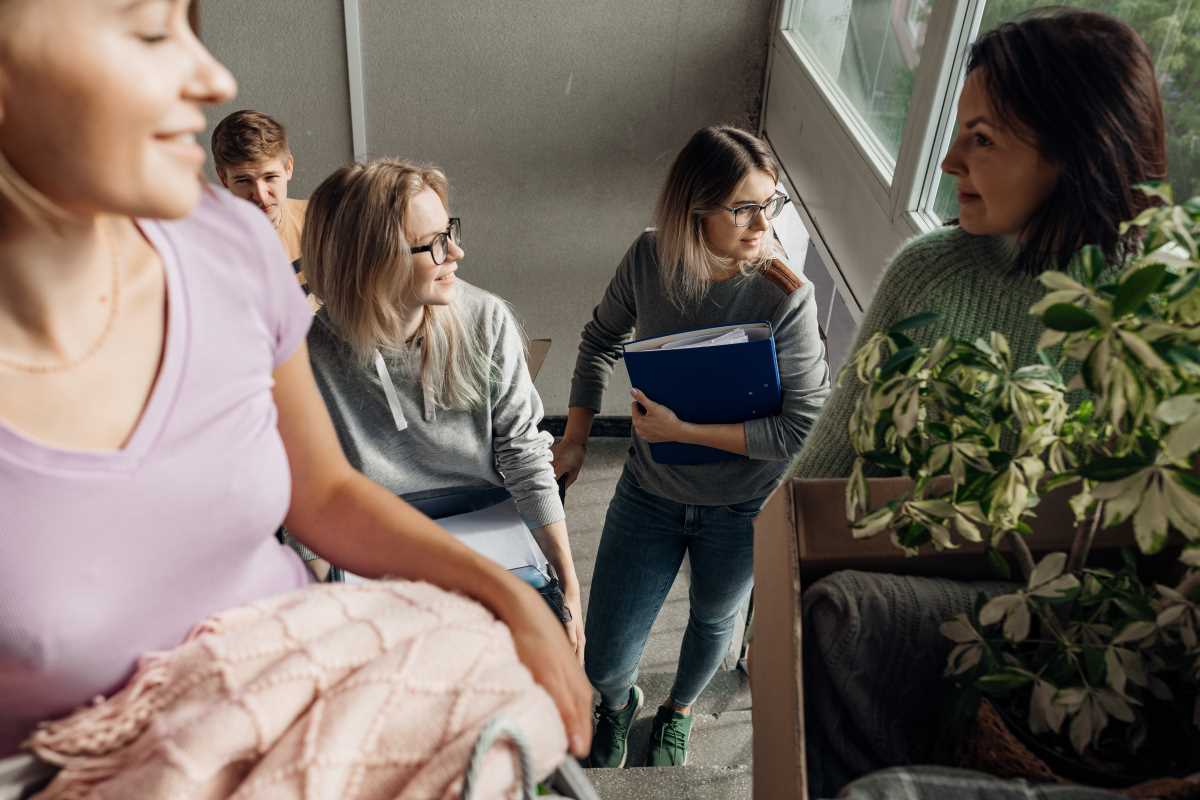 (Image via
(Image via
